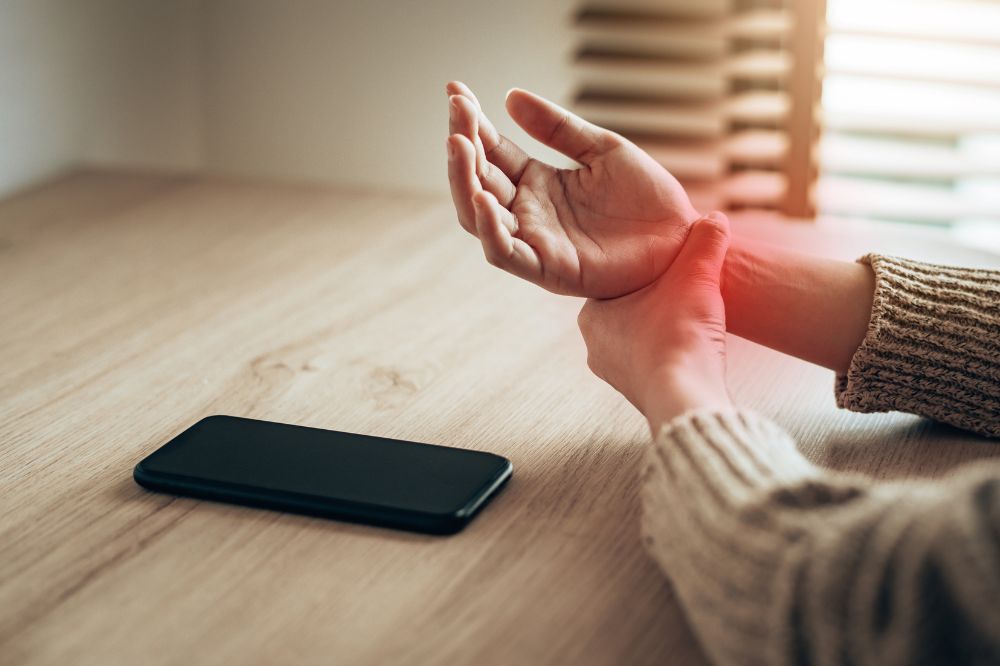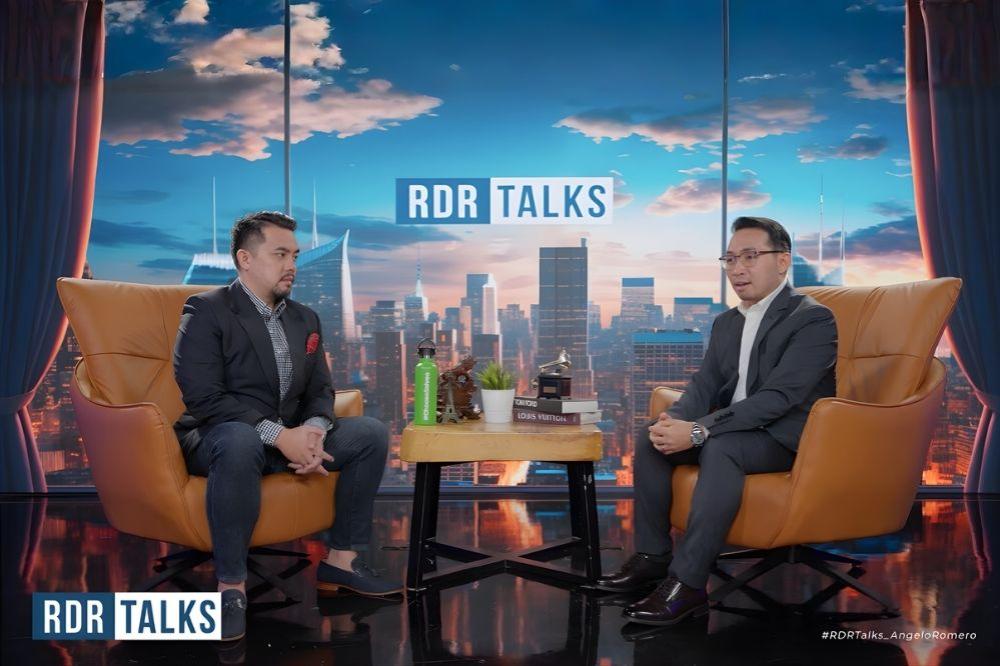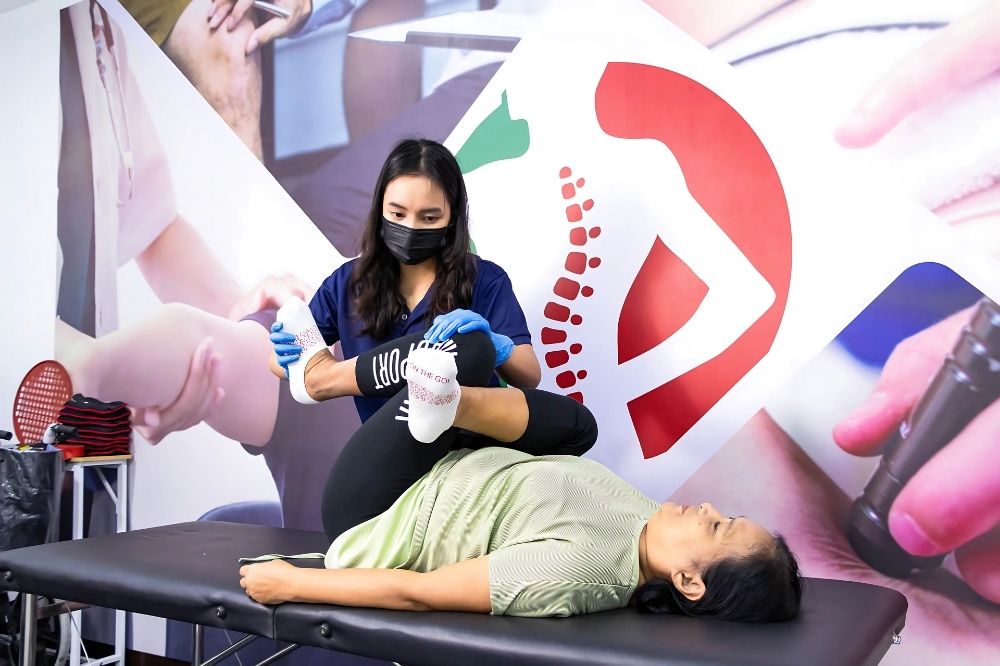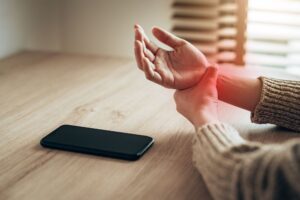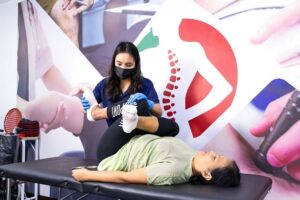For someone who’s had a stroke, the simplest things like getting a glass of water, going to the bathroom, tying a shoe, or gripping a spoon so they can feed themselves can feel out of reach. Unfortunately, we see it every day at our clinics. Physical therapy for stroke patients has always been a cornerstone of recovery. While it’s not a magic fix, it has been proven to help improve their lifestyle and well-being. According to research, around 17 hours of therapy over 10 weeks is needed to see significant improvements in body movement, daily activities, and overall participation. Simply put, more practice leads to better progress.
At PMP Pain Center, patient education has always been our priority. We know that when patients and their families understand how physical therapy works, they feel more empowered to take part in the recovery process. So in this blog post, we will be sharing the benefits of physical therapy for stroke patients.
1. It stimulates damaged muscles and nerves.
After a stroke, muscles and nerves may not work properly because of the damage. Undergoing physical therapy sessions helps stimulate these damaged muscles by using exercises and other techniques to activate them again. After several sessions, the patient will have better control and strength, which helps them do things they couldn’t before.
2. It helps relearn movements and activities.
When someone suffers from a stroke, the things they used to do become difficult because it disrupts the ability to move the way they once did. Physical therapy helps by giving patients a way to practice and relearn these movements. It starts with small, manageable steps, like bending a knee or grasping an object, and gradually works up to more complex tasks and activities. As the treatment plan progresses, it helps stroke patients regain the skills they need for everyday living.
3. It supports recovery from brain damage and muscle function loss.
During the recovery process, patients work on activities to get those muscles active again. It’s not an instant solution, but these efforts can improve strength and coordination in time. For example, someone who couldn’t lift their arm might eventually reach for a shelf, or a person unable to stand might take their first steps. This steady work helps the brain and muscles rebuild their teamwork and helps the patient recover and improve their quality of life.
4. It assists in rebuilding mobility and physical strength.
Physical therapy helps by focusing on rebuilding mobility and physical strength through targeted activities. Movement and mobility are two aspects that usually become limited after a stroke. With this, it’s evident that every patient has different needs. That’s why physical therapy is so valuable during the rehabilitation process, because the treatment plan is tailored to each person. With the help of licensed physical therapists, stroke patients will see a gradual improvement in their mobility and movement.
5. It teaches stroke patients new ways to move due to the condition’s side effects.
A stroke can change the way your body moves. Sometimes, certain muscles become weak, or your balance feels off. Physical therapy helps by teaching new and safer ways to move that work better with your current condition. Therapists understand how stroke affects the body, so they guide patients through simple techniques that allow them to move more comfortably despite the limitations they are currently experiencing.
6. It helps stroke patients regain function and independence.
One thing that devastates many stroke patients is the realization that they need to depend on others for even the simplest tasks. This loss of independence can affect their confidence and emotional well-being. Physical therapy works to change that.
Through consistent therapy sessions and carefully planned treatment plans, patients will slowly regain control of their movements and rebuild the strength needed for daily living. Progress varies from patient to patient, but the main goal is always to help them reach their highest possible level of independence.
Physical Therapy for Stroke Patients Is an Evidence-Based Approach to Recovery.
Recovering from a stroke takes time, patience, and the right support. Physical therapy is an important part of the recovery process that every stroke patient can benefit from. It helps patients regain strength, improve mobility, learn new ways to move safely, and gradually improve their quality of life.
At PMP Pain Center, we have a wide network of skilled physical therapists nationwide who are dedicated to guiding stroke patients throughout their recovery. You can visit any PMP Pain Center clinic, and our team will work with you and your loved one to create a treatment plan that matches your needs. Find the nearest PMP branch in your area, and schedule an appointment today!



